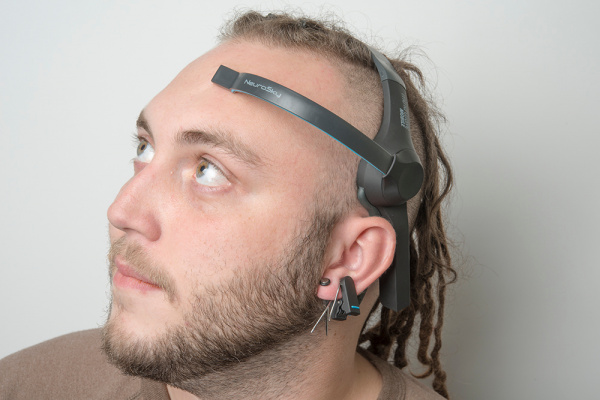Hackers in Residence - Hacking MindWave Mobile
What is the MindWave Mobile?
To understand the MindWave and MindWave Mobile, we must first understand what an EEG sensor is. The first recording of the human brain's electric field was made by Hans Berger, a German psychiatrist, in 1924. Berger gave the recording the name electroencephalogram (EEG). Put simply, the EEG is performed by placing electrodes all over the subject's scalp, and then reading in the electrical signals for analysis. Fast forward to today, and you have all of this technology packed into a compact form factor that is the MindWave and the MindWave Mobile.
Project Scope
The amplitude of the EEG is ~ 100 µV when measured on the scalp, and about 1-2 mV when measured on the surface of the brain. The bandwidth of this signal is from under 1 Hz to about 50 Hz.
Because of the amplitude and low frequency of the brainwave signal, I was curious about how well a relatively cheap (~$100) sensor would measure brain signals.
In this project, the analog brainwaves enter a processing ASIC chip and have digital values that are communicated over Bluetooth. I accessed only the digital data. It is certainly possible to look at the analog brain waves before they enter the processing ASIC, but it would be much more difficult, requiring a schematic and specialized oscilloscope probes.
The Mindwave Mobile was chosen because because it uses Bluetooth, making it easier to interface it with a microcontroller or other hardware. Please note that Neurosky has multiple models of the MindWave.

